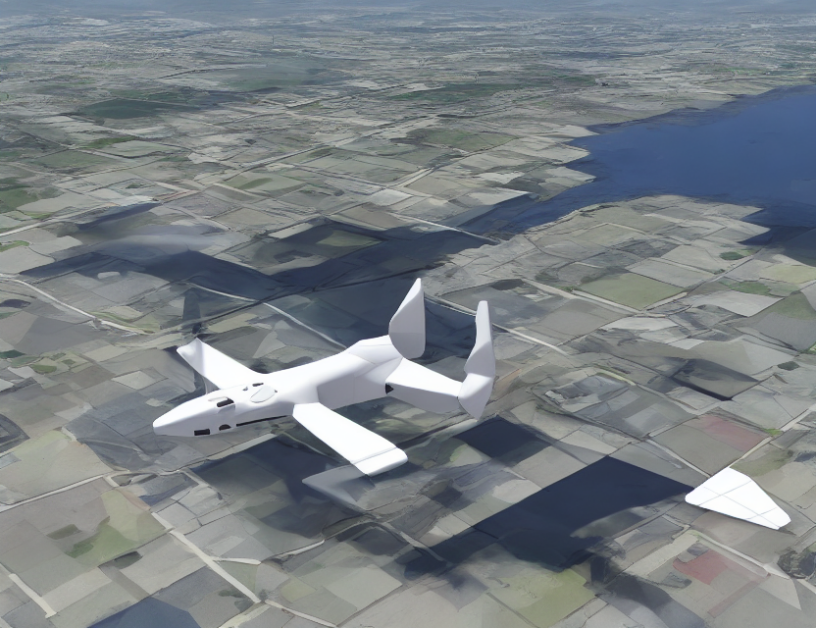Micro aerial vehicles (MAVs) are small drones that can fly around objects and navigate through complex environments. In this article, we explore how deep learning can be used to make MAVs smarter and more efficient in their navigation. We discuss three main contributions of the research:
- Reducing the memory footprint of a convolutional neural network (CNN) for improved efficiency on an embedded platform.
- Developing alternative navigation policies that rely on CNN outputs, including baseline, policy 1, and policy 2.
- Presenting the Nanocopter AI challenge, a competition for teams to develop MAVs that can navigate through a 10x10m arena using deep learning techniques.
Deep Learning for Navigation
Micro aerial vehicles need to be able to navigate through complex environments, such as indoor and outdoor spaces, while avoiding collisions with obstacles. Deep learning algorithms can help MAVs learn how to navigate by processing visual data from cameras and making decisions based on that data. One of the main challenges in using deep learning for navigation is the amount of memory required to store the neural network. To address this challenge, researchers developed a way to reduce the memory footprint of a CNN by quantizing its weights. This resulted in a 4x reduction in memory usage while maintaining comparable accuracy.
Alternative Navigation Policies
In addition to reducing the memory footprint of a CNN, researchers also explored alternative navigation policies that rely on CNN outputs. These policies were developed to improve upon existing baseline policies and provide more efficient navigation. The three alternative policies developed in this study are policy 1, policy 2, and the baseline policy. Policy 1 uses a combination of height and speed constraints to navigate through the environment, while policy 2 uses a combination of height and distance constraints. The baseline policy serves as a reference for comparison with the alternative policies.
Nanocopter AI Challenge
To demonstrate the effectiveness of deep learning navigation techniques, researchers organized the Nanocopter AI challenge. This competition invited teams to develop MAVs that could navigate through a 10x10m arena using deep learning techniques. Teams were allowed to perform two runs of 5 minutes each, with only their best run counting towards the final leaderboard. The competition was held at IROS’18 and involved six teams from around the world.
Conclusion
In conclusion, this article presents three main contributions: reducing the memory footprint of a CNN for improved efficiency on an embedded platform, developing alternative navigation policies that rely on CNN outputs, and presenting the Nanocopter AI challenge. These contributions demonstrate the potential of deep learning techniques for improving the navigation capabilities of micro aerial vehicles. By leveraging advances in neural network quantization and policy development, researchers are able to create more efficient and effective MAVs that can navigate through complex environments with greater ease and accuracy.



